Questions regarding AI and neural networks in general
These questions cover a range of topics related to AI and neural networks, including their applications, limitations, and ethical implications. Answering these questions requires a deep understanding of the underlying principles and algorithms used in neural networks, as well as their potential applications in various fields.
What is the difference between supervised and unsupervised learning in neural networks?
Supervised learning and unsupervised learning are two different approaches to training neural networks.
Supervised learning involves training a neural network on labeled data, where each data point is associated with a label or target output. The goal of supervised learning is to train the neural network to learn the mapping between the input data and the target output, so that it can accurately predict the target output for new input data. The neural network is trained using an error function that measures the difference between the predicted output and the actual output, and the weights of the network are adjusted to minimize this error.
Unsupervised learning, on the other hand, involves training a neural network on unlabeled data, where there is no target output. The goal of unsupervised learning is to learn the underlying structure and patterns in the input data, without any explicit guidance or supervision. This can be done using techniques such as clustering, dimensionality reduction, and generative models. Unsupervised learning can be used for tasks such as feature learning, anomaly detection, and data compression.
The key difference between supervised and unsupervised learning is the presence or absence of labeled data. Supervised learning requires labeled data, while unsupervised learning does not. In supervised learning, the neural network is trained to predict the target output, whereas in unsupervised learning, the neural network is trained to find patterns and structure in the input data.
It’s worth noting that there are also other types of learning approaches, such as semi-supervised learning and reinforcement learning, that lie somewhere in between supervised and unsupervised learning.
Table summarizing the difference between supervised and unsupervised learning in neural networks
| Supervised Learning | Unsupervised Learning |
| Training on labeled data | Training on unlabeled data |
| Each data point associated with a label or target output | No target output |
| Neural network trained to learn mapping between input data and target output | Neural network trained to find patterns and structure in input data |
| Error function used to measure difference between predicted output and actual output | No explicit guidance or supervision |
| Used for tasks such as classification and prediction | Used for tasks such as clustering, dimensionality reduction, and data compression |

And what does GPT use?
GPT (Generative Pre-trained Transformer) uses unsupervised learning as its primary training approach. GPT is a type of neural network architecture that uses a transformer-based model for natural language processing tasks such as language translation, text summarization, and language generation.
GPT is pre-trained on vast amounts of text data using an unsupervised learning approach called self-supervised learning. In self-supervised learning, the neural network is trained on unlabeled data, but it creates its own supervision signal by predicting a masked or missing word in a sentence. This task is known as masked language modeling, where a certain percentage of words in a sentence are randomly replaced with a [MASK] token, and the neural network is trained to predict the original words.
The self-supervised learning approach used by GPT allows the model to learn patterns and structure in the input text data, without any explicit guidance or supervision. Once the pre-training is complete, the model can be fine-tuned on specific NLP tasks, such as sentiment analysis or question answering, with a smaller amount of labeled data. This fine-tuning allows the model to adapt to the specific task and generate high-quality outputs.
In summary, GPT uses unsupervised learning as its primary training approach, specifically a self-supervised learning approach called masked language modeling. This approach allows GPT to learn the underlying patterns and structure of natural language without explicit supervision. Once pre-training is complete, GPT can be fine-tuned on specific NLP tasks with a smaller amount of labeled data.
GPT has a wide range of applications in the field of natural language processing, including language translation, text summarization, question answering, sentiment analysis, and chatbots. It has also been used for applications in other fields, such as image captioning and protein folding. GPT has been hailed as a significant step forward in the development of AI language models and has achieved state-of-the-art results in many NLP benchmarks. Its potential applications in the future are vast, and it will likely continue to drive innovation in the field of AI and NLP.
How can neural networks be used for image recognition and object detection?
Neural networks have become a popular tool for image recognition and object detection tasks due to their ability to automatically learn and extract features from images. Here’s how neural networks can be used for image recognition and object detection:
Image Recognition
Image recognition involves identifying the objects or features present in an image. Neural networks can be trained to recognize images by using a labeled dataset, where each image is associated with a label that describes the objects or features present in the image. The neural network is trained using this labeled dataset, where the weights of the network are adjusted to minimize the difference between the predicted output and the actual output.
Convolutional Neural Networks (CNNs) are commonly used for image recognition tasks. CNNs consist of multiple layers of convolutional and pooling layers that extract and downsample features from the input image. The extracted features are then fed into a fully connected layer that classifies the image based on the extracted features. The use of convolutional layers allows CNNs to detect patterns and features in images at different levels of abstraction.
Object Detection
Object detection involves identifying the location and class of objects in an image. Neural networks can be used for object detection by combining image recognition with a technique called localization.
Localization involves predicting the bounding boxes that surround the objects in an image. Neural networks can be trained to predict the bounding boxes by using a labeled dataset where each image is associated with the locations and classes of the objects present in the image. The neural network is trained using this labeled dataset, where the weights of the network are adjusted to minimize the difference between the predicted bounding boxes and the actual bounding boxes.
One popular approach for object detection is the Region-based Convolutional Neural Network (R-CNN) family of models. R-CNNs use selective search to generate region proposals that may contain objects. CNNs are then applied to each proposed region to extract features, and a classifier is used to determine the object class for each proposed region. Finally, bounding box regression is used to refine the bounding box coordinates.
Other object detection techniques include Single Shot MultiBox Detector (SSD) and You Only Look Once (YOLO). These approaches use a single neural network to predict the object class and bounding box coordinates for all objects in the image simultaneously, allowing for real-time object detection.
Neural networks have proven to be highly effective for image recognition and object detection tasks, with many state-of-the-art results achieved in recent years.
Table summarizing how neural networks can be used for image recognition and object detection
| Image Recognition | Object Detection |
| Identify objects or features present in an image | Identify location and class of objects in an image |
| Train neural network using labeled dataset | Train neural network using labeled dataset and localization technique |
| Convolutional Neural Networks (CNNs) commonly used | Region-based Convolutional Neural Network (R-CNN), Single Shot MultiBox Detector (SSD), and You Only Look Once (YOLO) are popular approaches |
| Extract and downsample features from image using convolutional and pooling layers | Use selective search to generate region proposals that may contain objects |
| Classify image based on extracted features using fully connected layer | Apply CNNs to each proposed region to extract features and classify object class |
| Use labeled dataset to adjust weights of network and minimize difference between predicted output and actual output | Use labeled dataset and bounding box regression to adjust weights of network and minimize difference between predicted bounding boxes and actual bounding boxes |
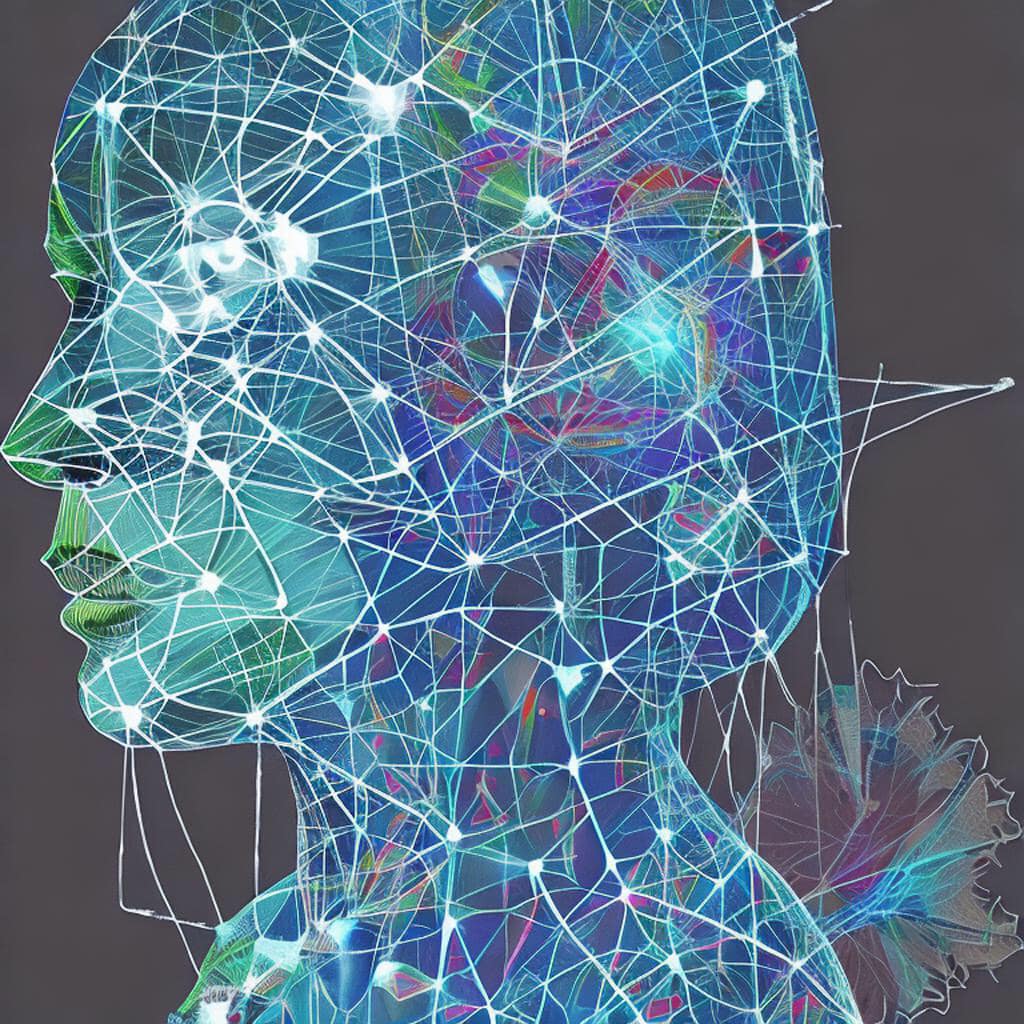
What are the ethical considerations involved in the development and deployment of AI systems?
As AI systems become more advanced and pervasive in our daily lives, it is important to consider the ethical implications of their development and deployment. Here are some of the key ethical considerations:
Bias and Discrimination
One of the most significant ethical concerns with AI is the potential for bias and discrimination. AI systems are only as objective as the data they are trained on, and if the data is biased, then the AI system will also be biased. This can lead to discriminatory outcomes in areas such as hiring, lending, and criminal justice. It is important to ensure that AI systems are trained on diverse and representative data and that they are regularly audited for bias.
Privacy and Security
AI systems often process large amounts of personal data, such as health records and financial information. This raises concerns about privacy and security, particularly if the data is mishandled or falls into the wrong hands. It is important to ensure that AI systems are designed with privacy and security in mind, and that they are subject to strict data protection regulations.
Transparency and Explainability
As AI systems become more complex, it can be difficult to understand how they are making decisions. This raises concerns about transparency and explainability, particularly in areas such as healthcare and autonomous vehicles. It is important to ensure that AI systems are transparent and explainable, so that users can understand how decisions are being made and hold the system accountable.
Accountability and Responsibility
As AI systems become more autonomous, it can be difficult to assign accountability and responsibility for their actions. This raises concerns about liability in the event of accidents or failures. It is important to ensure that AI systems are subject to appropriate regulation and that there are clear lines of responsibility in the event of accidents or failures.
Impact on Jobs and Society
AI systems have the potential to significantly impact the job market and society as a whole. While AI can improve efficiency and productivity, it may also lead to job displacement and inequality. It is important to consider the broader societal impacts of AI and to ensure that the benefits are shared fairly.
The ethical considerations involved in the development and deployment of AI systems are complex and multifaceted. It is important to ensure that AI systems are designed and used in a way that is transparent, fair, and accountable, and that they are subject to appropriate regulation and oversight.
Table summarizing the ethical considerations involved in the development and deployment of AI systems
| Ethical Consideration | Description |
| Bias and Discrimination | The potential for AI systems to be biased and lead to discriminatory outcomes in areas such as hiring, lending, and criminal justice. |
| Privacy and Security | The potential for AI systems to mishandle personal data and raise concerns about privacy and security. |
| Transparency and Explainability | The need for AI systems to be transparent and explainable, particularly in areas such as healthcare and autonomous vehicles. |
| Accountability and Responsibility | The need to assign accountability and responsibility for AI systems in the event of accidents or failures. |
| Impact on Jobs and Society | The potential impact of AI systems on the job market and society as a whole, and the need to ensure that the benefits are shared fairly. |

How can neural networks be used for natural language processing tasks such as machine translation and sentiment analysis?
Neural networks have become a popular tool for natural language processing (NLP) tasks such as machine translation and sentiment analysis. Here’s how neural networks can be used for these tasks:
Machine Translation
Machine translation involves translating text from one language to another. Neural networks can be used for machine translation by training a sequence-to-sequence (Seq2Seq) model on a parallel corpus, which consists of pairs of sentences in the source and target languages.
Seq2Seq models use a neural network encoder to transform the input sentence into a fixed-length vector representation, and a decoder to generate the output sentence. The encoder and decoder are typically implemented using Recurrent Neural Networks (RNNs) or Transformers. The neural network is trained using a loss function that measures the difference between the predicted translation and the actual translation.
One popular type of Seq2Seq model for machine translation is the Transformer model, which was introduced in the paper “Attention is All You Need”. The Transformer model uses self-attention mechanisms to capture dependencies between words in the input and output sequences, and has achieved state-of-the-art results on many machine translation benchmarks.
Sentiment Analysis
Sentiment analysis involves determining the sentiment or emotion expressed in a piece of text. Neural networks can be used for sentiment analysis by training a classifier on a labeled dataset of text examples and their corresponding sentiment labels.
One common approach for sentiment analysis is to use a neural network architecture called a Convolutional Neural Network (CNN). The CNN consists of multiple convolutional and pooling layers that extract and downsample features from the input text, followed by a fully connected layer that classifies the sentiment of the text.
Another approach for sentiment analysis is to use a Recurrent Neural Network (RNN), which is well-suited for processing sequential data. The RNN can be trained on a sequence of words in a text, and use its hidden state to capture the sentiment expressed in the text.
Neural networks have proven to be highly effective for NLP tasks such as machine translation and sentiment analysis, with many state-of-the-art results achieved in recent years.
Table summarizing how neural networks can be used for natural language processing tasks such as machine translation and sentiment analysis
| Machine Translation | Sentiment Analysis |
| Translate text from one language to another | Determine the sentiment or emotion expressed in a piece of text |
| Train a sequence-to-sequence (Seq2Seq) model on a parallel corpus | Train a classifier on a labeled dataset of text examples and their corresponding sentiment labels |
| Use a neural network encoder to transform the input sentence into a fixed-length vector representation | Use a Convolutional Neural Network (CNN) or a Recurrent Neural Network (RNN) to extract features from the input text |
| Use a neural network decoder to generate the output sentence | Use a fully connected layer to classify the sentiment of the text |
| Can use Transformer model with self-attention mechanisms | Can use CNN or RNN for processing sequential data |
| Measure difference between predicted translation and actual translation using loss function | Adjust weights of network using backpropagation to minimize error |
| Achieve state-of-the-art results on many machine translation benchmarks | Achieve state-of-the-art results on many sentiment analysis benchmarks |
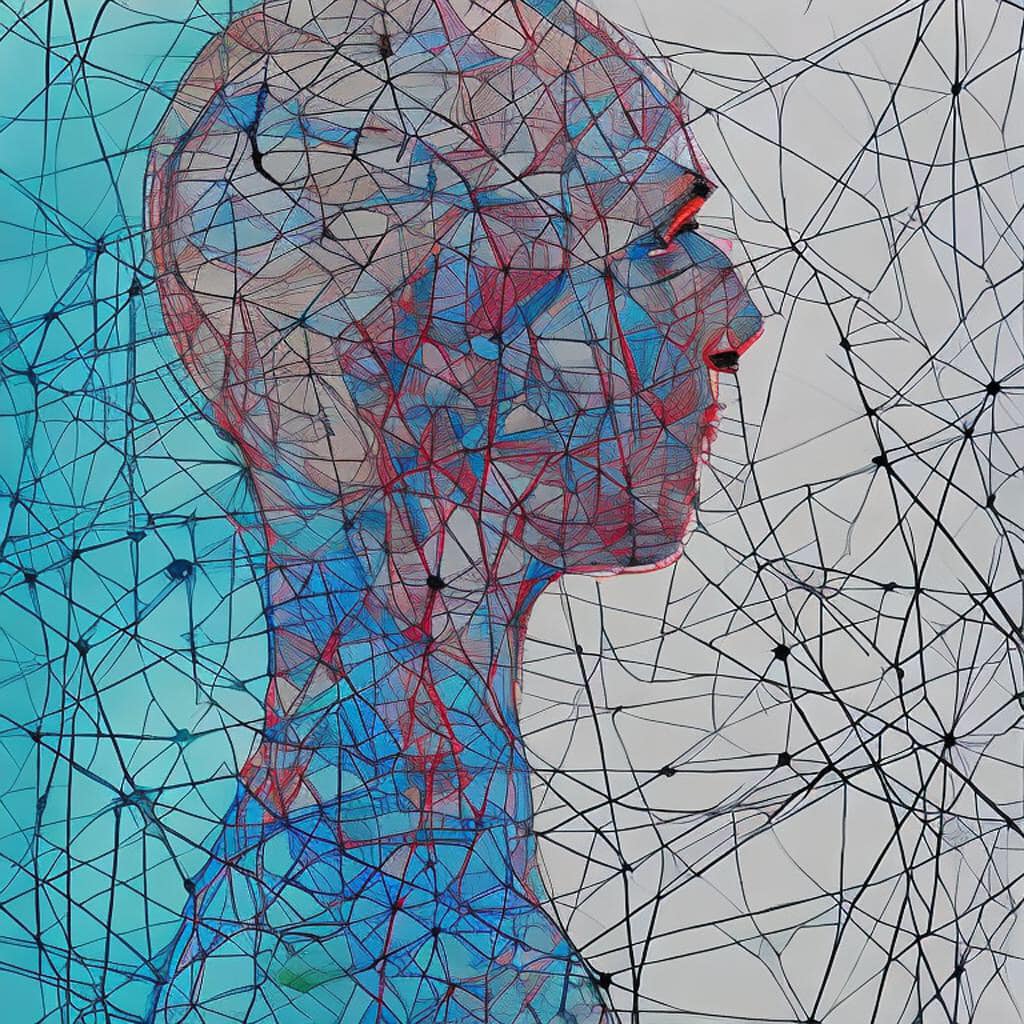
What are some of the challenges involved in training deep neural networks?
Training deep neural networks can be a challenging task due to a variety of factors, including:
Vanishing and Exploding Gradients
One of the biggest challenges in training deep neural networks is the problem of vanishing and exploding gradients. This occurs when the gradients of the loss function with respect to the weights become very small or very large, making it difficult to update the weights during training. This problem is particularly acute in deep networks with many layers.
Overfitting
Deep neural networks are susceptible to overfitting, where the model becomes too specialized to the training data and does not generalize well to new data. This can occur when the model has too many parameters relative to the size of the training data or when the training data is not representative of the test data.
Computational Resources
Training deep neural networks requires significant computational resources, particularly when using large datasets and complex models. This can be a limiting factor for many researchers and organizations.
Hyperparameter Tuning
Deep neural networks have many hyperparameters, such as learning rate, batch size, and number of layers, that can significantly affect the performance of the model. Tuning these hyperparameters can be a time-consuming and iterative process.
Data Quality and Quantity
The performance of deep neural networks is highly dependent on the quality and quantity of the training data. It can be challenging to obtain large and diverse datasets, particularly in fields such as healthcare and finance where data privacy concerns may limit access to data.
Interpretability and Explainability
Deep neural networks are often referred to as “black boxes” due to their complexity and lack of interpretability. This can make it difficult to understand how the model is making predictions and limit the model’s usefulness in certain domains.
Training deep neural networks can be a challenging task due to a variety of factors, including vanishing and exploding gradients, overfitting, computational resources, hyperparameter tuning, data quality and quantity, and interpretability and explainability. Addressing these challenges is an active area of research in the field of deep learning.
Table summarizing some of the challenges involved in training deep neural networks
| Challenge | Description |
| Vanishing and Exploding Gradients | The problem of gradients becoming very small or very large, making it difficult to update the weights during training. |
| Overfitting | The model becomes too specialized to the training data and does not generalize well to new data. |
| Computational Resources | Training deep neural networks requires significant computational resources, particularly when using large datasets and complex models. |
| Hyperparameter Tuning | Tuning hyperparameters such as learning rate, batch size, and number of layers can be a time-consuming and iterative process. |
| Data Quality and Quantity | The performance of deep neural networks is highly dependent on the quality and quantity of the training data. |
| Interpretability and Explainability | Deep neural networks can be difficult to interpret and understand due to their complexity and lack of explainability. |
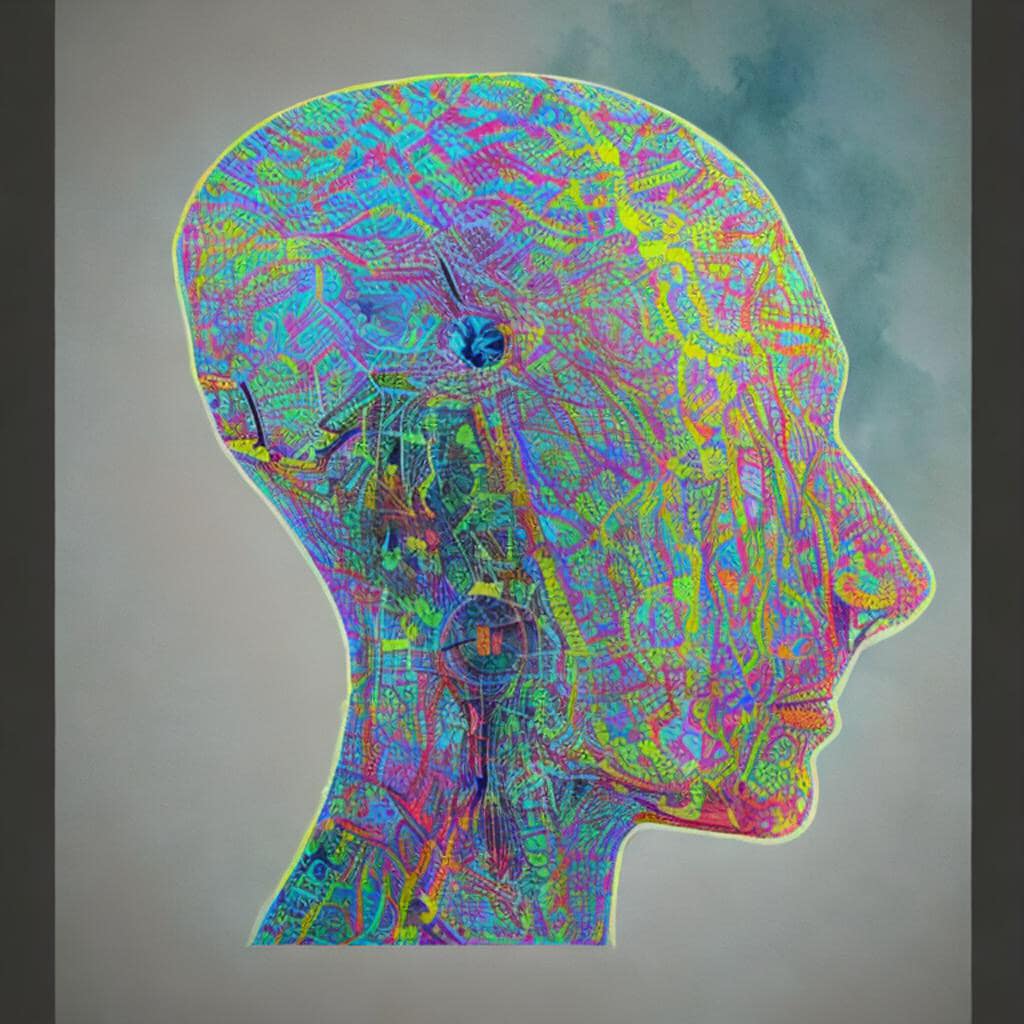
What are some of the ways in which adversarial attacks can be used to exploit neural networks?
Adversarial attacks are a technique used to exploit the vulnerabilities of neural networks. Here are some of the ways in which adversarial attacks can be used:
Misclassification
One of the most common types of adversarial attacks involves manipulating an input image in a way that causes a neural network to misclassify it. For example, an attacker could add imperceptible noise to an image of a stop sign that causes a self-driving car to misclassify it as a speed limit sign, potentially leading to a dangerous situation.
Evasion
Adversarial attacks can also be used to evade detection by a neural network. For example, an attacker could add subtle modifications to a spam email that make it appear more legitimate to a spam filter, allowing the email to bypass the filter and reach its target.
Model Inversion
Adversarial attacks can also be used to extract sensitive information from a neural network. For example, an attacker could use a model inversion attack to reconstruct sensitive training data, such as medical records, that were used to train a neural network.
Poisoning
Adversarial attacks can also be used to poison a neural network by manipulating the training data. For example, an attacker could add malicious data to a training set that causes a neural network to learn a biased or incorrect model.
Backdoor Attacks
Adversarial attacks can also be used to insert a backdoor into a neural network. For example, an attacker could add a small trigger to an image that causes a neural network to classify it as a specific target class, even if the image itself does not belong to that class.
Adversarial attacks are a serious threat to the security and reliability of neural networks. It is important to develop robust defenses against these attacks, such as adversarial training and model verification techniques.
Table summarizing some of the ways in which adversarial attacks can be used to exploit neural networks
| Adversarial Attack | Description |
| Misclassification | Manipulating an input image in a way that causes a neural network to misclassify it. |
| Evasion | Adversarial attacks can also be used to evade detection by a neural network. |
| Model Inversion | Adversarial attacks can also be used to extract sensitive information from a neural network. |
| Poisoning | Adversarial attacks can also be used to poison a neural network by manipulating the training data. |
| Backdoor Attacks | Adversarial attacks can also be used to insert a backdoor into a neural network. |

Approaches used for defending against adversarial attacks
Defending against adversarial attacks is an active area of research in the field of deep learning. Here are some of the approaches used for defending against adversarial attacks:
Adversarial Training
Adversarial training is a technique for improving the robustness of neural networks to adversarial attacks. It involves training the neural network on both clean and adversarial examples generated during training, forcing the network to learn to be more robust to perturbations in the input.
Defensive Distillation
Defensive distillation is a technique for making neural networks more resistant to adversarial attacks by introducing a “temperature” parameter into the softmax function that is used to produce class probabilities. The temperature parameter is gradually decreased during training, which can help to smooth out the decision boundaries of the neural network and make it more robust to adversarial perturbations.
Input Preprocessing
Input preprocessing involves modifying the input data in some way before it is fed into the neural network. This can include techniques such as image smoothing or denoising, which can make the input more robust to adversarial perturbations.
Adversarial Detection and Rejecting
Adversarial detection and rejecting is a technique for identifying and rejecting adversarial examples before they are processed by the neural network. This can involve adding a separate module to the neural network that is trained to detect adversarial examples, or using a separate model altogether to filter out adversarial examples.
Model Verification
Model verification involves using formal methods to verify the correctness and safety of a neural network. This can involve techniques such as interval arithmetic, which provides a way to bound the output of the neural network within a certain range.
Defending against adversarial attacks is a challenging task that requires a combination of approaches such as adversarial training, defensive distillation, input preprocessing, adversarial detection and rejecting, and model verification. Developing more robust and secure neural networks is an active area of research, and there is much work to be done in this area.
Table summarizing some of the approaches used for defending against adversarial attacks
| Defence Approach | Description |
| Adversarial Training | Training the neural network on both clean and adversarial examples generated during training, forcing the network to learn to be more robust to perturbations in the input. |
| Defensive Distillation | Making neural networks more resistant to adversarial attacks by introducing a “temperature” parameter into the softmax function that is used to produce class probabilities. |
| Input Preprocessing | Modifying the input data in some way before it is fed into the neural network, such as using image smoothing or denoising techniques. |
| Adversarial Detection and Rejecting | Identifying and rejecting adversarial examples before they are processed by the neural network using a separate module or model. |
| Model Verification | Using formal methods to verify the correctness and safety of a neural network, such as interval arithmetic. |

What are the limitations of current neural network architectures, and how can they be overcome?
Neural networks have shown remarkable success in many applications, but they are not without their limitations. Here are some of the limitations of current neural network architectures, and ways in which they can be overcome:
Data Requirements
Neural networks typically require large amounts of labeled data to learn useful representations. This can be a challenge in fields where data is scarce or expensive to obtain. One way to overcome this limitation is to use techniques such as transfer learning, where a neural network is pre-trained on a large dataset and fine-tuned on a smaller, more specialized dataset.
Limited Interpretability
Neural networks are often referred to as “black boxes” due to their complexity and lack of interpretability. This can make it difficult to understand how the network is making predictions or to identify the causes of errors. One way to overcome this limitation is to use techniques such as attention mechanisms or visualization tools to better understand the internal workings of the network.
Robustness to Adversarial Attacks
Neural networks are vulnerable to adversarial attacks, where an attacker can introduce small perturbations to the input that cause the network to produce incorrect outputs. This is a serious limitation in many applications, particularly in security-sensitive domains. One way to overcome this limitation is to use techniques such as adversarial training or defensive distillation, which can improve the robustness of the network to such attacks.
Computational Resources
Training deep neural networks can require significant computational resources, particularly when using large datasets and complex models. This can be a limitation for researchers and organizations that do not have access to high-performance computing resources. One way to overcome this limitation is to use techniques such as model compression or knowledge distillation, which can reduce the computational cost of deploying neural networks.
Transferability
Neural networks trained on one dataset or task may not generalize well to other datasets or tasks. This can limit the applicability of neural networks in domains where the data distribution or task requirements are different from those of the training data. One way to overcome this limitation is to use techniques such as domain adaptation or meta-learning, which can improve the transferability of the network to new domains or tasks.
Neural networks have shown remarkable success in many applications, but they are not without their limitations. Researchers are actively working on developing new techniques and architectures to overcome these limitations and to improve the effectiveness and reliability of neural networks.
Table summarizing some of the limitations of current neural network architectures and ways in which they can be overcome
| Limitation | Solution |
| Data Requirements | Use transfer learning to pre-train on large datasets and fine-tune on smaller specialized datasets. |
| Limited Interpretability | Use attention mechanisms or visualization tools to better understand the internal workings of the network. |
| Robustness to Adversarial Attacks | Use adversarial training or defensive distillation to improve the robustness of the network to attacks. |
| Computational Resources | Use model compression or knowledge distillation to reduce the computational cost of deploying neural networks. |
| Transferability | Use domain adaptation or meta-learning to improve the transferability of the network to new domains or tasks. |
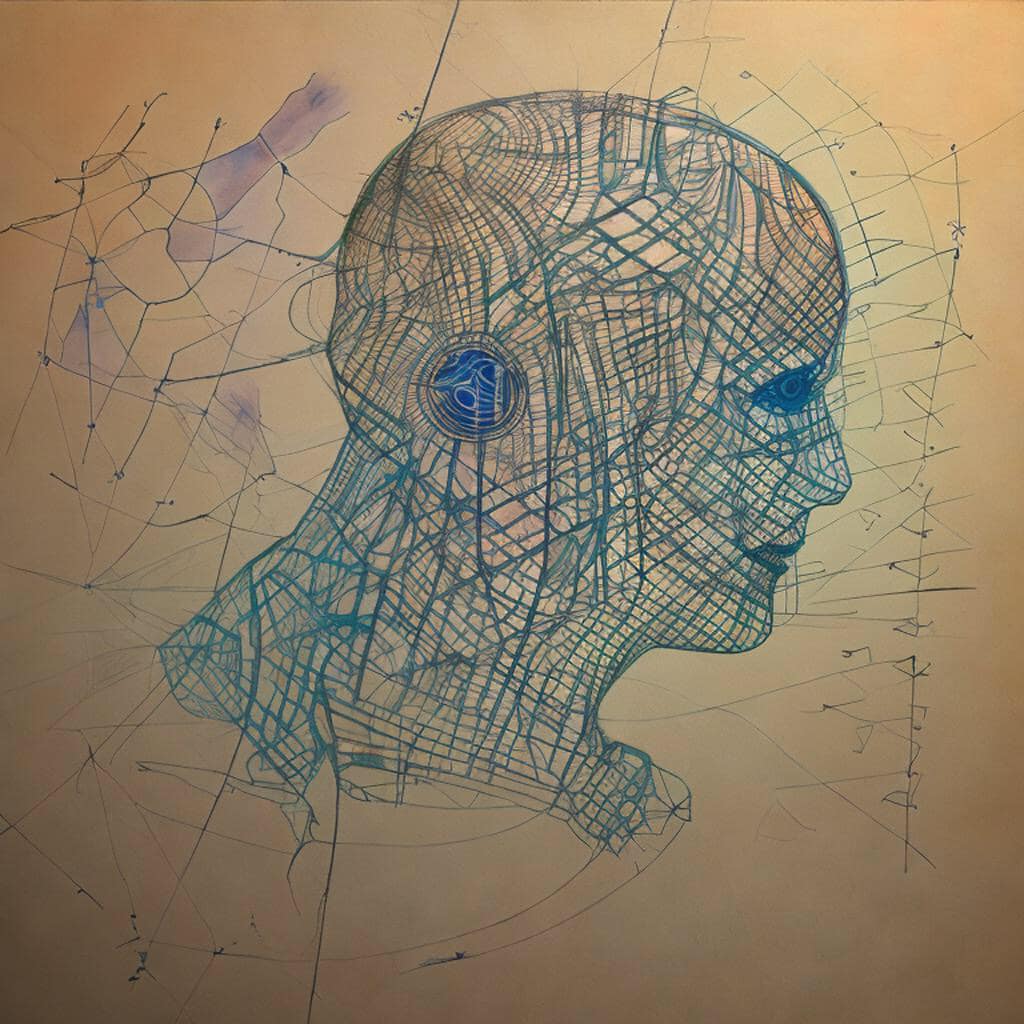
How can neural networks be used for predictive analytics and decision-making?
Neural networks can be used for predictive analytics and decision-making in a wide range of applications. Here are some of the ways in which neural networks can be used for these tasks:
Predictive Analytics
Neural networks can be trained on historical data to make predictions about future events or outcomes. For example, a neural network could be trained on past sales data to predict future sales or on medical records to predict the likelihood of a patient developing a particular disease. These predictions can be used to inform decision-making and improve business operations or healthcare outcomes.
Decision-Making
Neural networks can also be used for decision-making in a variety of applications. For example, in autonomous vehicles, neural networks can be used to analyze sensor data and make decisions about driving actions, such as braking or steering. In finance, neural networks can be used to analyze market data and make decisions about investments or risk management.
Recommender Systems
Neural networks can also be used to build recommender systems that make personalized recommendations to users. For example, a neural network could be trained on user data to make movie recommendations or product recommendations. These recommendations can improve user engagement and satisfaction.
Anomaly Detection
Neural networks can be used for anomaly detection in applications such as fraud detection or cybersecurity. By analyzing patterns in data, neural networks can identify anomalies that may indicate fraudulent activity or security breaches.
Neural networks can be used for predictive analytics, decision-making, recommender systems, anomaly detection, and many other applications. The key is to choose the appropriate neural network architecture and training data to match the specific task at hand.
Table summarizing some of the ways in which neural networks can be used for predictive analytics and decision-making
| Application | Description |
| Predictive Analytics | Using historical data to make predictions about future events or outcomes. For example, predicting future sales or medical outcomes. |
| Decision-Making | Using neural networks to make decisions in applications such as autonomous vehicles or finance. |
| Recommender Systems | Building personalized recommendation systems based on user data. |
| Anomaly Detection | Using neural networks to detect anomalies in data, such as fraud or security breaches. |
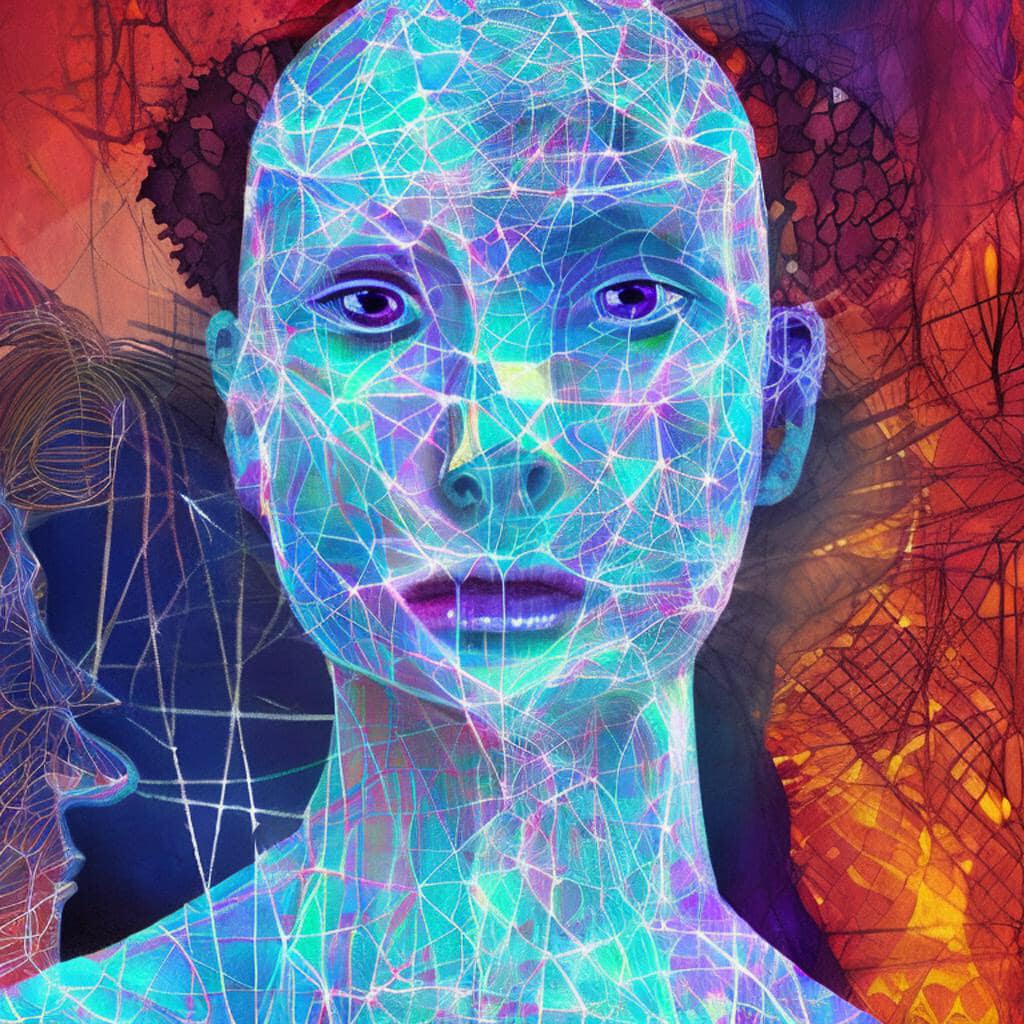
What is the role of reinforcement learning in AI, and how is it used in the development of intelligent agents?
Reinforcement learning is a subfield of machine learning that focuses on training agents to make decisions based on rewards and punishments received in response to their actions. In reinforcement learning, an agent interacts with an environment and receives rewards or punishments based on its actions, with the goal of maximizing its cumulative reward over time. Here are some of the key aspects of reinforcement learning and its role in AI:
Exploration and Exploitation
One of the key challenges in reinforcement learning is balancing exploration and exploitation. The agent must explore the environment to learn about its rewards, but it must also exploit its knowledge to maximize its rewards. Balancing these two factors can be a challenging task, particularly in complex environments.
Markov Decision Process
Reinforcement learning can be formalized as a Markov decision process (MDP), which is a mathematical framework that models decision-making under uncertainty. In an MDP, the agent’s goal is to find a policy that maximizes its expected cumulative reward over time.
Intelligent Agents
Reinforcement learning is used to develop intelligent agents that can make decisions in complex environments. For example, reinforcement learning has been used to train agents to play games such as chess or Go at a superhuman level, or to control autonomous robots or self-driving cars.
Deep Reinforcement Learning
Deep reinforcement learning is a subfield of reinforcement learning that uses deep neural networks to represent the agent’s policy or value function. Deep reinforcement learning has shown remarkable success in many applications, including game playing and robotics.
Reinforcement learning is a powerful technique for developing intelligent agents that can make decisions in complex, uncertain environments. It has applications in many fields, including robotics, gaming, finance, and healthcare, and is an active area of research in the field of AI.
Table summarizing some of the ways in which neural networks can be used for reinforcement learning
| Application | Description |
| Exploration and Exploitation | Balancing the agent’s exploration of the environment to learn about rewards, with its exploitation of its knowledge to maximize cumulative reward over time. |
| Markov Decision Process | A mathematical framework that models decision-making under uncertainty, used to formalize reinforcement learning. |
| Intelligent Agents | Using reinforcement learning to develop intelligent agents that can make decisions in complex environments, such as in games, robotics, and autonomous driving. |
| Deep Reinforcement Learning | A subfield of reinforcement learning that uses deep neural networks to represent the agent’s policy or value function. |
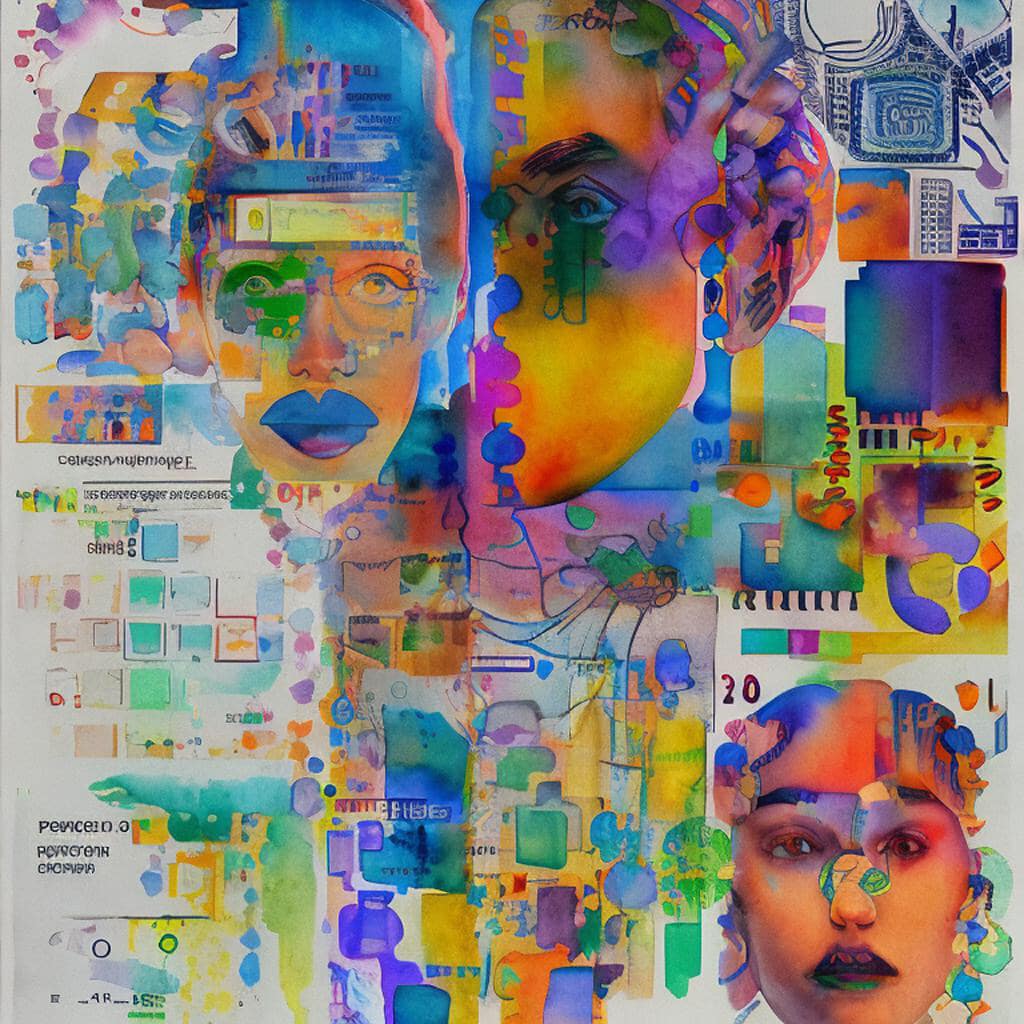
How can neural networks be used for time series forecasting and anomaly detection?
Neural networks can be used for time series forecasting and anomaly detection by analyzing patterns in the data over time. Here are some of the ways in which neural networks can be used for these tasks:
Time Series Forecasting
Neural networks can be used to forecast future values in a time series. For example, a neural network could be trained on past stock prices to predict future prices or on past weather data to predict future temperatures. These predictions can be used to inform decision-making and improve business operations.
Anomaly Detection
Neural networks can also be used for anomaly detection in time series data. By analyzing patterns in the data over time, neural networks can identify anomalies that may indicate unusual behavior or events. For example, a neural network could be used to detect anomalous credit card transactions or network traffic.
Recurrent Neural Networks
Recurrent neural networks (RNNs) are a type of neural network that is particularly well-suited for analyzing time series data. RNNs can maintain a memory of past inputs, allowing them to learn patterns and trends in the data over time.
Long Short-Term Memory
Long short-term memory (LSTM) is a type of RNN that is particularly well-suited for time series analysis. LSTMs can capture long-term dependencies in the data, allowing them to make accurate predictions even when the time lag between past and future events is large.
Neural networks can be used for time series forecasting and anomaly detection by analyzing patterns in the data over time. RNNs and LSTMs are particularly well-suited for these tasks, and have shown remarkable success in many applications.
Table summarizing some of the ways in which neural networks can be used for time series forecasting and anomaly detection
| Application | Description |
| Time Series Forecasting | Using neural networks to forecast future values in a time series, such as stock prices or weather data. |
| Anomaly Detection | Using neural networks to detect anomalies in time series data, such as anomalous credit card transactions or network traffic. |
| Recurrent Neural Networks | A type of neural network that is well-suited for analyzing time series data. |
| Long Short-Term Memory | A type of recurrent neural network that can capture long-term dependencies in time series data. |
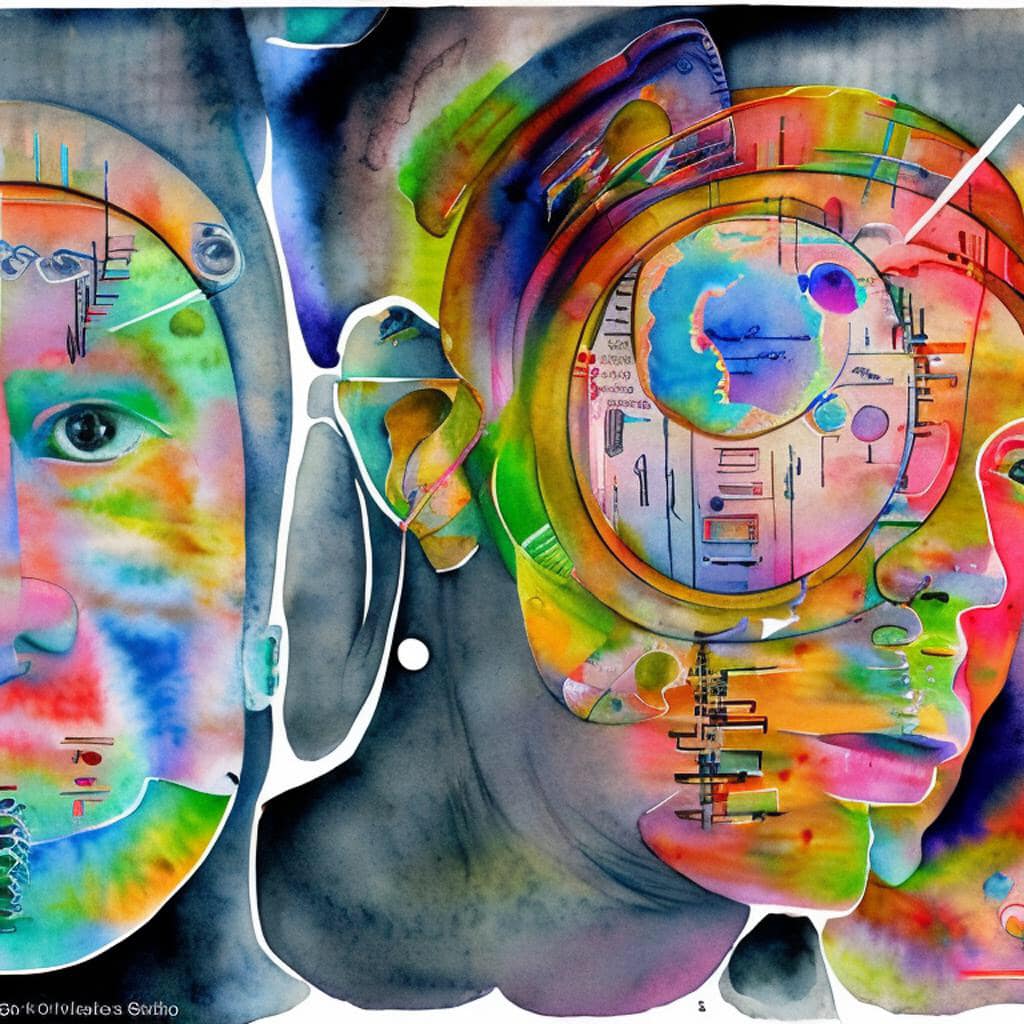
Can human neural networks be linked to artificial neural networks
Artificial neural networks are inspired by the structure and function of the human brain, but they are not direct replicas of human neural networks. While both systems are composed of neurons and synapses, there are many differences between the two. Here are some of the ways in which human neural networks can be linked to artificial neural networks:
Inspiration
Artificial neural networks are inspired by the structure and function of the human brain. Researchers have studied the brain to understand its mechanisms and have used this understanding to develop artificial neural networks.
Modeling Biological Networks
Some researchers are using artificial neural networks to model the structure and function of biological neural networks, such as the brain. These models can be used to better understand the brain and to develop new treatments for neurological disorders.
Neuroprosthetics
Neuroprosthetics are devices that interface with the nervous system to restore function to people with disabilities. Researchers are using artificial neural networks to develop better neuroprosthetics that can better mimic the function of biological neural networks.
While there are many similarities between artificial neural networks and the human brain, there are also many differences. However, by studying the brain and developing new technologies based on this understanding, researchers are making progress towards creating more sophisticated artificial neural networks that can perform complex tasks.
What is the neural network hypothesis
The idea that everything in the world can be explained in terms of a neural network is known as the “neural network hypothesis“. While neural networks are powerful models that can be used to explain many phenomena, it is unlikely that everything in the world can be reduced to a neural network. Here are some reasons why:
Limitations of Neural Networks
Neural networks are powerful models, but they have limitations. For example, they are not well-suited for tasks that require symbolic reasoning or logical inference.
Variety of Phenomena
The world is incredibly diverse and complex, with many different types of phenomena. It is unlikely that all of these can be explained in terms of a single type of model.
Other Models
There are many other types of models besides neural networks that are used to explain phenomena in the world, such as statistical models, physical models, and computational models.
While neural networks are powerful models that can be used to explain many phenomena, it is unlikely that everything in the world can be reduced to a neural network. The neural network hypothesis is an interesting idea, but it is important to recognize the limitations of neural networks and the diversity of phenomena in the world.
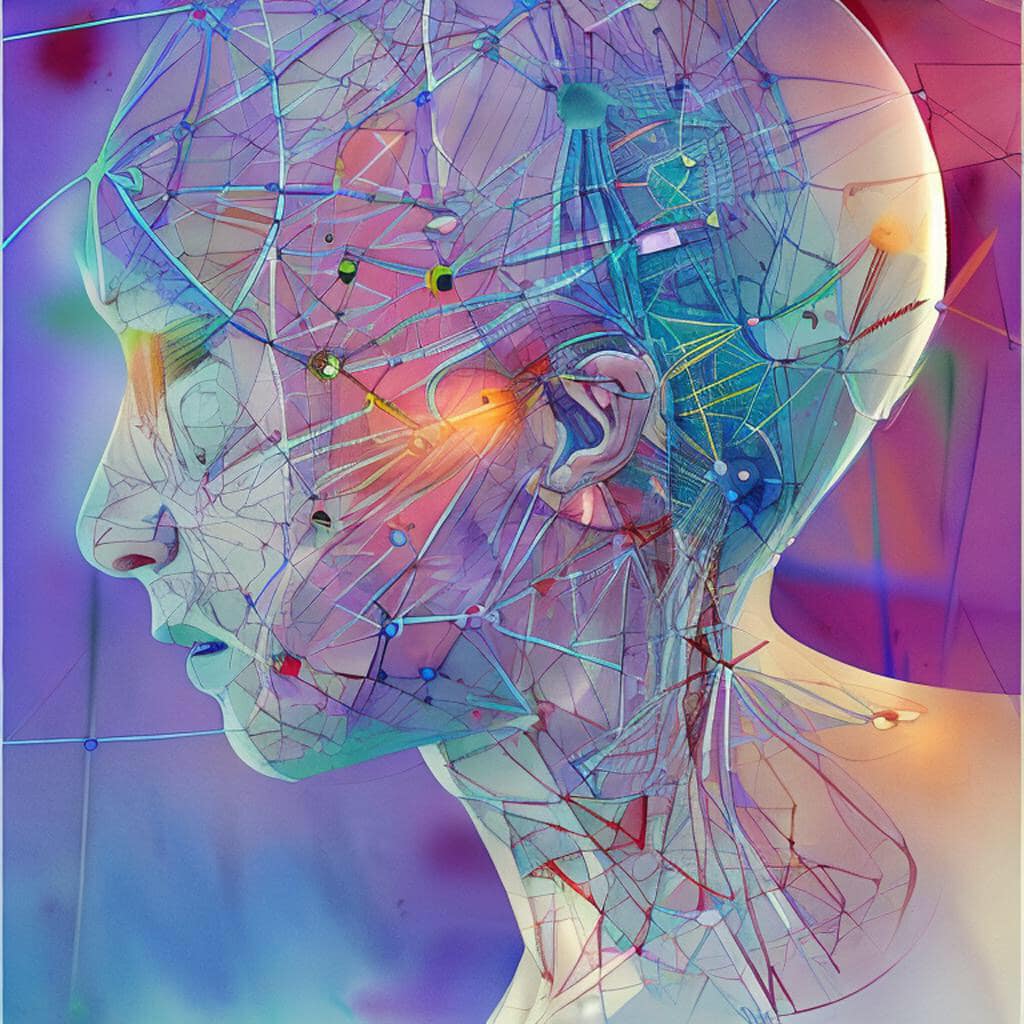
What exactly stirrs those phenomena if it is not a neural network?
Phenomena in the world are influenced by a complex interplay of many different factors, including physical laws, chemical interactions, biological processes, social dynamics, and many others. While neural networks can be used to model some of these factors, they are not the only type of model that can be used.
For example, physical laws can be described using mathematical models such as differential equations. Chemical interactions can be modeled using molecular simulations or reaction-diffusion equations. Social dynamics can be modeled using game theory or agent-based models.
In general, different types of phenomena require different types of models, and it is often necessary to use multiple models to fully understand a complex system. While neural networks are powerful models that can be used to explain some phenomena, they are not the only type of model, and they may not be appropriate for all types of problems.
Summary of some of the challenges and solutions for the different applications of neural networks we have discussed
| Application | Challenges | Solutions |
| Computer Vision | Limited Interpretability, Data Requirements, Adversarial Attacks | Use attention mechanisms, visualization tools, and transfer learning to improve interpretability and reduce data requirements. Use adversarial training and defensive distillation to improve robustness to attacks. |
| Natural Language Processing | Limited Interpretability, Data Requirements, Transfer Learning | Use attention mechanisms and visualization tools to improve interpretability. Use transfer learning and pre-trained models to reduce data requirements and improve performance. |
| Predictive Analytics and Decision-Making | Data Requirements, Interpretability | Use transfer learning, model compression, and knowledge distillation to reduce data requirements and improve scalability. Use attention mechanisms and visualization tools to improve interpretability. |
| Time Series Forecasting and Anomaly Detection | Data Requirements, Interpretability | Use recurrent neural networks, long short-term memory, and visualization tools to improve interpretability and reduce data requirements. |
| Reinforcement Learning | Exploration and Exploitation, Markov Decision Process, Model Complexity | Use various exploration strategies, such as epsilon-greedy, and advanced model-free reinforcement learning algorithms to balance exploration and exploitation. Use value-based, policy-based, or actor-critic methods to solve Markov decision processes. Use model-based approaches, meta-learning, or hierarchical reinforcement learning to handle model complexity. |
| Ethics in AI | Bias, Accountability, Privacy, Safety | Develop fair and unbiased datasets and models, ensure accountability and transparency of AI systems, protect privacy and security of personal data, and ensure safety and robustness of AI systems. |
The challenges faced by neural networks vary depending on the application, and solutions often require a combination of different techniques and approaches. Ongoing research and development are needed to address these challenges and to realize the full potential of neural networks in various fields.
What is the role of GPT in the various fields related to AI
As an AI language model, the role of GPT is to assist and provide information to users seeking knowledge in various fields related to AI, including neural networks. It has been trained on a large corpus of text data and has the ability to generate human-like responses to questions and prompts. Its goal is to help users understand complex topics and concepts related to AI, including the different applications, challenges, and limitations of neural networks. It can provide information on a wide range of topics, from technical details of neural network architectures to the ethical considerations involved in the development and deployment of AI systems. Ultimately, its role is to provide a reliable and efficient resource for users seeking information about AI and neural networks.
What is the biggest challenge right now?
One of the biggest challenges in the field of AI and neural networks is achieving robustness and reliability of AI systems. Despite their successes, AI systems are still prone to errors and biases, and can be vulnerable to adversarial attacks or other forms of manipulation. This can have serious consequences, particularly in high-stakes applications such as healthcare, finance, or autonomous vehicles.
To address this challenge, researchers are working on developing more robust and reliable AI systems that can handle uncertainty, adapt to changing environments, and generalize well to new situations. This involves developing new algorithms and architectures that can handle complex data and tasks, as well as developing new techniques for testing and verifying the performance of AI systems.
Another important challenge is addressing the ethical considerations involved in the development and deployment of AI systems, such as bias, accountability, privacy, and safety. Researchers and policymakers are working to develop frameworks and guidelines that can ensure that AI is developed and used in a responsible and ethical manner, and that the benefits of AI are distributed fairly and equitably.
There are many challenges that need to be addressed to fully realize the potential of AI and neural networks, but there is also a great deal of ongoing research and development aimed at addressing these challenges and advancing the field.

Thank you for questions, shares and comments!
Share your thoughts or questions in the comments below!
Text with help of openAI’s ChatGPT Laguage Models & Fleeky – Images with help of Picsart & MIB






